La Haine (1995): violence of yesterday and today | violencia de ayer y hoy

Trying to see all the movies that we keep on our to-watch list is a fantasy because as we watch some and cross out names from the list, other titles are added, new films are released or we discover movies, directors, actors, in interviews, by recommendation of friends or simply by chance. For that reason the list is never complete and a lot of time can pass between the day we add a new name and the day we finally see it on the screen.
Pretender ver todas las películas que mantenemos en nuestra lista de pendientes es una fantasía porque a medida que vamos viendo algunas y tachando nombres de la lista, otros títulos se van agregando, se van estrenando nuevos films o vamos descubriendo películas, directores, actores, en entrevistas, por recomendación de amigos o simplemente producto del azar. Por esa razón la lista nunca se completa y puede pasar mucho tiempo entre el día que agregamos un nuevo nombre y finalmente lo vemos en pantalla.
Such was the case of what happened to me with La Haine, that French cult film from the mid-nineties starring Vincent Cassel alongside Saïd Taghmaoui and Hubert Kounde. Surely you have seen some scene there, or recognize some frame of his famous black and white cinematography, but the truth is that La Haine gave a lot to talk about since its premiere and currently it seems that the message is more alive than never. The film begins with what seems to have been a night of riots in a Paris neighborhood: riots, young people protesting, vandalized police stations, burned vehicles, the scene is the fresh trace of a violence that took to the streets as a measure of protest for the case of a young man who was injured at the hands of the police. In this context, three friends, Vinz, Saïd and Hubert (the names of the characters are the same names as those of the actors who play them) wander through the streets of the neighborhood that shows a reality that is not the one we know from postcards. We don't see the Champs-Elysées, the Eiffel Tower and loving couples strolling through the streets. The Paris of La Haine is dirty, marginal, chaotic and, above all, violent. Sale of drugs, armed young people and a climate of tension that is also reflected in the news are an almost anti-Parisian climate (that is, contrary to what the collective imagination conceives about the city of light), which is exacerbated by that magnificent photograph in black and white by Pierre Aïm.
Tal fue el caso de lo que me ocurrió con La Haine, esa película de culto francesa de mediados de los años noventa que protagoniza Vincent Cassel junto a Saïd Taghmaoui y Hubert Kounde. Seguramente han visto alguna escena por allí, o reconocen algún cuadro de su famosa fotografía en blanco y negro, pero lo cierto es que La Haine dio mucho de qué hablar desde su estreno y actualmente parece ser que el mensaje está más vivo que nunca. La cinta inicia con lo que parece haber sido una noche de disturbios en un barrio de París: motines, jóvenes protestando, estaciones de policía vandalizadas, vehículos quemados, el escenario es la huella fresca de una violencia que se tomó las calles como medida de protesta por el caso de un joven que resultó herido a manos de la policía. En ese contexto, tres amigos, Vinz, Saïd y Hubert (los nombres de los personajes son los mismos nombres que los de los actores que los interpretan) vagan por las calles del barrio que muestra una realidad que no es la que conocemos de las postales. No vemos los Campos Elíseos, la Torre Eiffel y parejas de amantes pasear por las calles. El París de La Haine es sucio, marginal, caótico y sobre todo, violento. Venta de drogas, jóvenes armados y un clima de tensión que se refleja también en los noticieros son un clima casi anti parisino (o sea contrario a lo que el imaginario colectivo concibe sobre la ciudad de la luz) lo que se agudiza con esa magnífica fotografía en blanco y negro a cargo de Pierre Aïm.
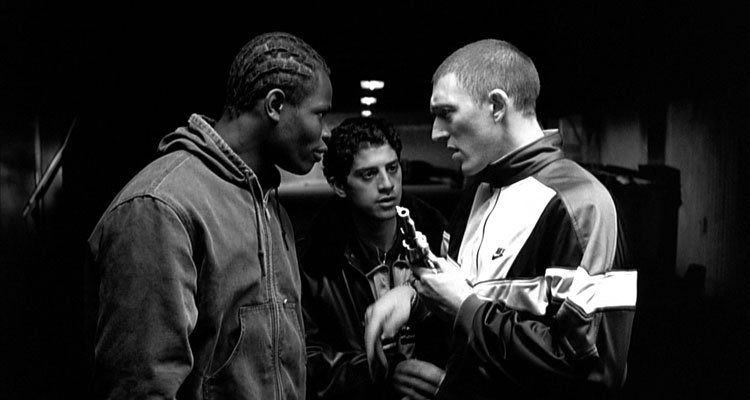
We must not leave aside the fact that the protagonist trio represents three minorities: a Jew, an Arab immigrant and a black amateur boxer. However, what the boys truly represent is a rebellious, violent youth, who rises up to protest against police abuse and abuse of authority as a result of what happened to their friend during an interrogation. The boys are not white doves, of course, but it could be said that there are no innocents in that spiral of violence that we see in the film.
No hay que dejar de lado el hecho de que la terna protagonista representa tres minorías: un judío, un árabe inmigrante y un boxeador amateur negro. Sin embargo, lo que verdaderamente representan los chicos es una juventud rebelde, violenta, que se eleva para protestar contra el abuso policial y el abuso de autoridad a raíz de lo que le sucedió a su amigo durante un interrogatorio. Los chicos no son unas blancas palomas, por supuesto, pero podría decirse que no hay inocentes en esa espiral de violencia que vemos en la cinta.
Violence only generates more violence. Hate only begets more hate. Young people protest, they are reprimanded by the authorities who use excessive force, generating new protests, more aggressive, more violent, which are again reprimanded with greater force and greater violence and so on... it is not an encouraging scenario. And the most incredible thing is that this scenario has been repeated countless times in the history of humanity and in different parts of the world, with the most recent and direct connection occurring recently in the French capital itself. As if history were a loop that feeds on fiction, we must remember that in the middle of this year a police officer murdered a teenager of Algerian descent in Paris for refusing to stop at a traffic stop, which caused violent riots and protests. , similar to those seen in La Haine, but obviously it is not just a French thing. In other cities in Europe, America, and the United States, clashes between law enforcement and young people who seek to raise their voices violently are commonplace, which has contributed to the film's message by Mathieu Kassovitz remains current and the film has become a cult film and is recognized as one of the best French films in history.
La violencia sólo genera más violencia. El odio sólo engendra más odio. Los jóvenes protestan, son reprendidos por las autoridades quienes hacen uso excesivo de la fuerza, generando nuevas protestas, más agresivas, más violentas, que nuevamente son reprendidas con mayor fuerza y mayor violencia y así sucesivamente... no es un escenario alentador. Y lo más increíble es que ese escenario se ha repetido infinidad de veces en la historia de la humanidad y en distintos puntos de la geografía mundial, siendo la conexión más reciente y directa una ocurrida hace poco en la propia capital francesa. Como si la historia fuese un bucle que se alimenta de la ficción, debemos recordar que a mediados de este año un policía asesinó a un adolescente de ascendencia argelina en París por negarse a detenerse en un control de tráfico, lo que ocasionó violentos disturbios y protestas, similares a los que se ven en La Haine, pero obviamente no es una cosa sólo de los franceses. En otras ciudades de Europa, América, en los EEUU, los enfrentamientos entre las fuerzas del orden y los sectores jóvenes que buscan alzar su voz de forma violenta, son el pan de cada día, lo que ha contribuido a que el mensaje de la película de Mathieu Kassovitz se mantenga vigente y a que la película se haya convertido en una película de culto y que sea reconocida como una de las mejores películas francesas de la historia.
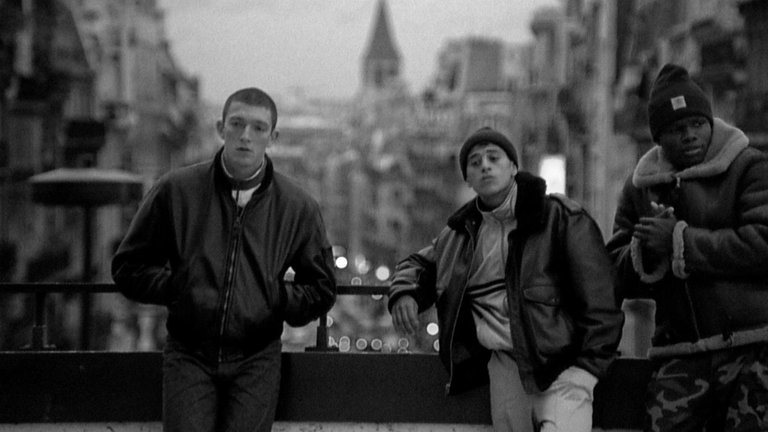
The performances of the protagonists are incredible and the script is very good, it has a lot of rhythm and manages to play with the tension in the viewer. Yes, you could say that in some ways it is a little predictable, but it feels real and honest, has a lot of power and manages to keep the viewer's attention; Although, from my point of view, what elevates this film to another level is Pierre Aïm's cinematography. Filmed in color, La Haine would not have been half of what it was. There are scenes so beautifully filmed (like the one in which the protagonists are on a rooftop and in the background you can see the city of Paris) that manage to visually delight the viewer and that I believe contributed to the film receiving all the awards and recognition it got. La Haine is a story about the senselessness of violence, it is a denunciation of the abuse of authority, it is an analysis of youth, of the social responsibility that the state has for the destiny of its citizens, about the opportunities that people have in the suburbs and about the desire to survive, to escape an environment of poverty and vice that threatens to destroy the future of youth. Director Mathieu Kassovitz was unable to match the success of this production (the highlight was Les Rivières pourpres with Jean Reno in 2000), but La Haine has earned him a place in the history of French and world cinema, have any of you seen this movie? I read you in the comments.
Las actuaciones de los protagonistas son increíbles y el guión es muy bueno, tiene mucho ritmo y logra jugar con la tensión en el espectador. Sí, podría decirse que en algunos aspectos es un poco predecible, pero se siente real y honesto, tiene mucha fuerza y logra mantener la atención del espectador; aunque, desde mi punto de vista, lo que eleva esta película a otro nivel es la fotogrfía de Pierre Aïm. Filmada a color, La Haine no habría sido ni la mitad de lo que fue. Hay escenas tan hermosamente filmadas (como esa en la que los protagonistas están en una azotea y al fondo se ve la ciudad de París) que logran deleitar visualmente al espectador y que creo que contribuyeron a que la película cosechara todos los premios y el reconocimiento que obtuvo. La Haine es una historia sobre el sinsentido de la violencia, es una denuncia sobre el abuso de la autoridad, es un análisis de la juventud, de la responsabilidad social que tiene el estado sobre el destino de sus ciudadanos, sobre las oportunidades que tienen las personas en los suburbios y sobre el deseo de sobrevivir, de salir de un entorno de pobreza y vicios que amenaza con destruir el futuro de la juventud. El director Mathieu Kassovitz no logró igualar el éxito de esta producción (lo más destacado fue Les Rivières pourpres con Jean Reno en el año 2000), pero La Haine le ha significado un lugar en la historia del cine francés y mundial, ¿alguno de ustedes ha visto esta película? Los leo en los comentarios.
Reviewed by | Reseñado por @cristiancaicedo
Other posts that may interest you | Otros posts que pueden interesarte:
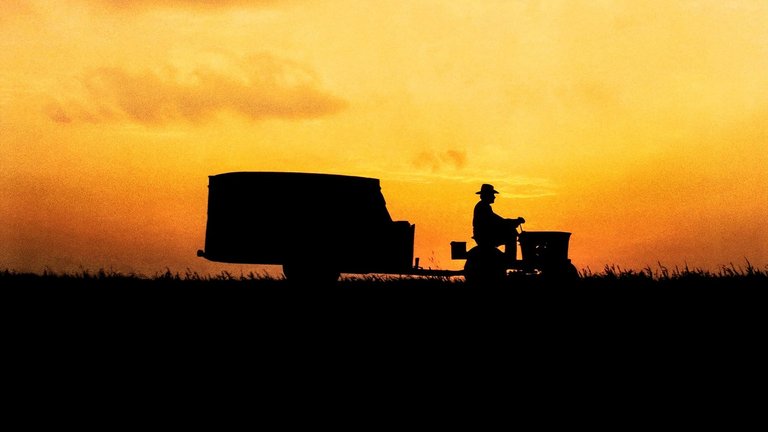 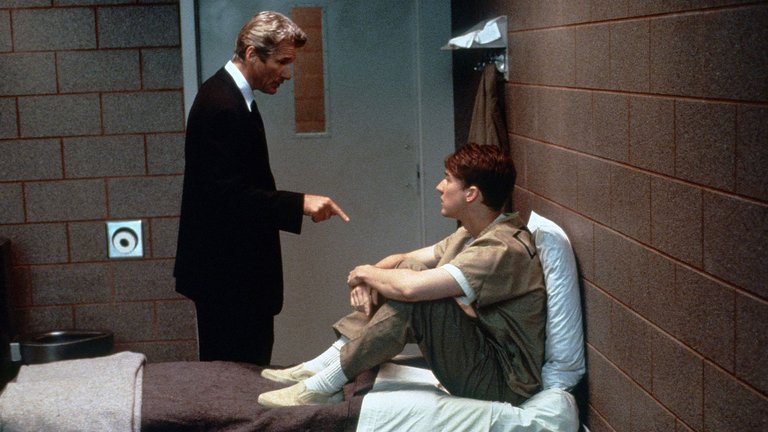 |
|---|
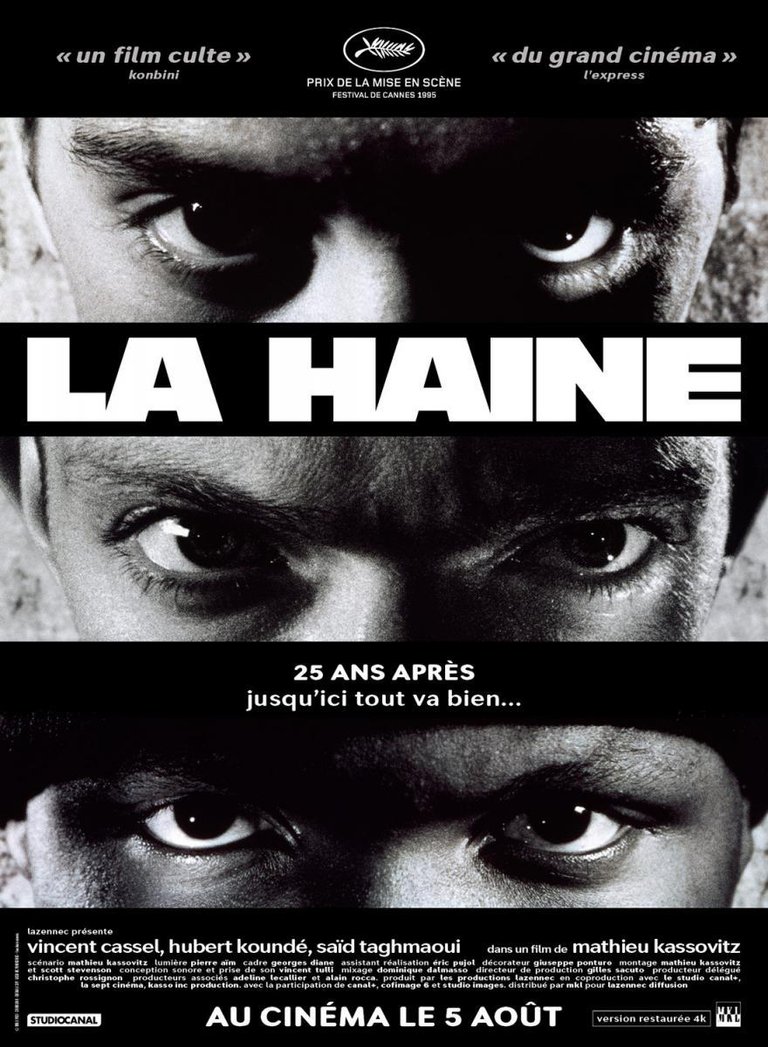


From Venezuela, our witness drives decentralization and the adoption of Web3 technology, creating opportunities for the local community and contributing to the global ecosystem. // Desde Venezuela, nuestro testigo impulsa la descentralización y la adopción de la tecnología Web3, generando oportunidades para la comunidad local y contribuyendo al ecosistema global.
Sigue, contacta y se parte del testigo en: // Follow, contact and be part of the witness in:
Yes, I watched this movie, and is one of my favorites. I agree with every line of this article. Could you please recommend some movies similars to La Haine?
It's hard to find one really similar, but I can recommend another thriller in B&W with young people and violence. It's called Polytechnique and it's from Denis Villeneuve.
Violence and abuse of authority are issues that, unfortunately, continue to be relevant in many parts of the world. And film can be a powerful tool to generate awareness and reflection.
I completely agree with you that black and white cinematography adds a unique dimension to film. Often, black and white can intensify the emotions and drama of a scene, and it seems that "La Haine" is a perfect example of this.
Although I haven't seen the film, your analysis has left me wanting to do so. It's always a pleasure to read informed opinions on film, and yours certainly is.
Thank you very much for that appreciation and for reading my post. It's true that "Often, black and white can intensify the emotions and drama of a scene" and I think that's why I like it so much. Greetings and thanks for stopping by
There aren't many cult film lovers, so it's always a pleasure to find posts like this one. Thanks to you for the recommendation.
Thank you for reading my post.
😉